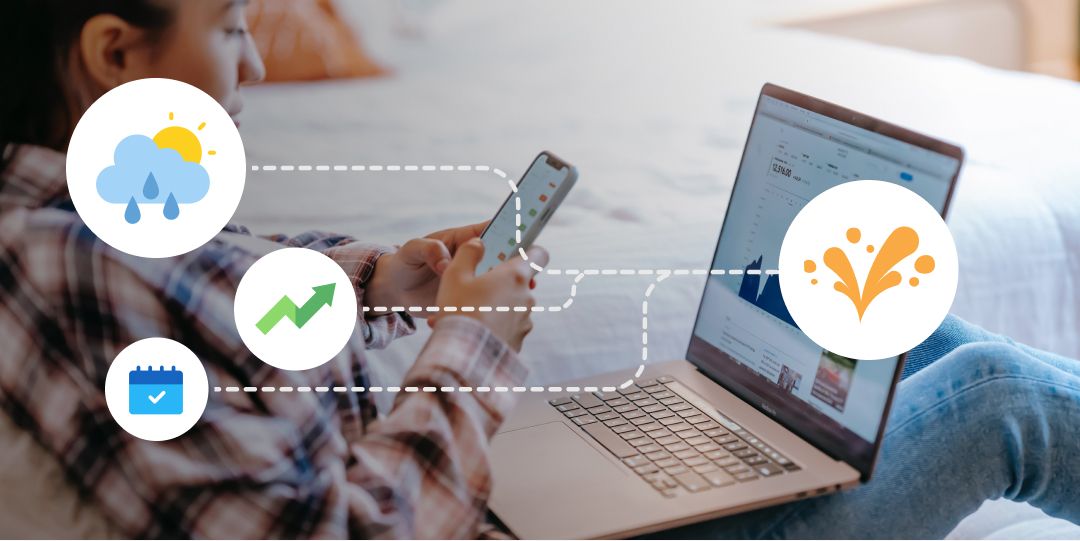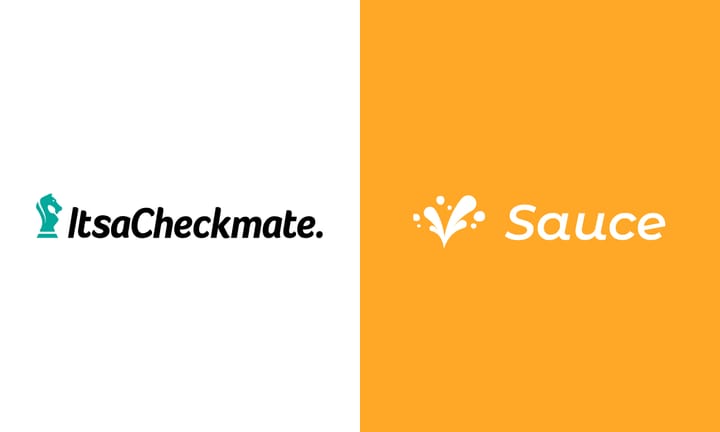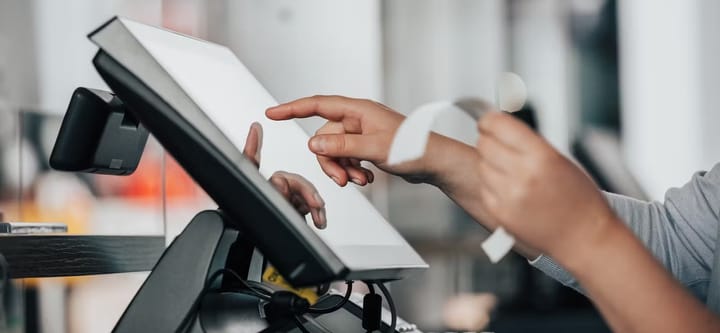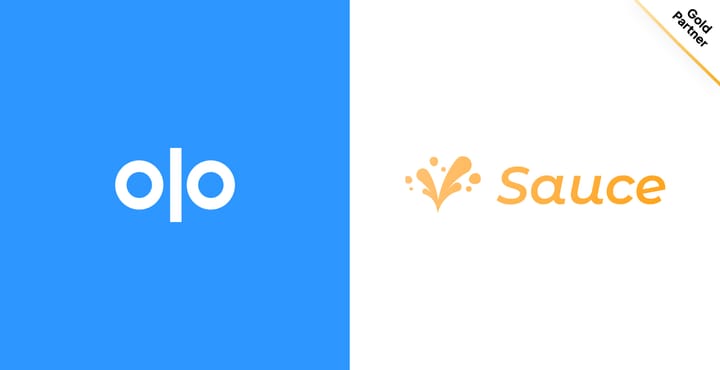The Strategy with Dynamic Pricing: How Restaurants Use this Game-Changing Tool
Dynamic pricing platforms ease restaurant peak period burdens and increase profits; restaurants like Dog Haus use it for main and virtual brands.

- Restaurant Operators from Dog Haus discuss how they deploy dynamic pricing strategies for both main brands and virtual brands through the same interface.
- The easy-to-use interface of Sauce's dynamic pricing platform allows restaurants to quickly introduce new campaigns and capture opportunities to ease the kitchen's burden during peak periods.
- Digital capabilities of platforms like Uber Eats and Doordash have been enhanced during COVID, making it easier to implement dynamic pricing and reach a larger consumer base while also offering convenience to busy families.
- Sauce's dynamic pricing strategies blend data and automation, enabling restaurants to access sales data and use pre-populated strategies within 5 minutes. They can also customize or create their own strategies for increased profitability and growth.
How a Dog Haus Operator Experiments with Dynamic Pricing
Faizan Khan of Dog Haus experiments with dynamic pricing by setting upper and lower bounds for their pricing strategy. The upper bound is set at 30% above baseline, while the lower bound is set at 10% below baseline. Then he discusses how computer models are used to determine when to apply the correct pricing based on demand or lack of demand. During slower periods, such as 8:00 AM to 11:00 AM, the prices are lower to increase volume, although the profit margin per item may be lower. During higher demand periods, such as 12:00 PM to 1:30 PM for lunch, the prices are increased to maximize profit.
Adjusting Dynamic Pricing Strategies at Dog Haus
Faizan Khan: We took advantage of the tweaking capabilities. The easy-to-use interface allows us to introduce new campaigns quickly. For example, we recently introduced a breakfast burrito campaign for one of our virtual brands to fill in a slower period of time and complement our regular kitchen hours. Our aim is to ease the burden on the kitchen during a period when we are not typically busy. With the help of the interface, this took only five minutes to implement and is now available across three to four separate locations and during two different periods of the day.
Want to Learn More?
Enter your email address below to speak with a member of our team.
How Pricing Decisions Are Made at Sauce
At Sauce, we take a strategy that blends data and automation when it comes to creating dynamic pricing strategies. Our team, consisting of engineers, values data and has built the tools to allow restaurants to easily integrate their historical sales data onto a dynamic pricing system. Within minutes, restaurants can access their sales data and start using pre-populated dynamic pricing strategies based on their data. Moreover, they have the control and flexibility to tweak, adjust, or create their own strategies that can be automatically pushed out to all connected platforms.
However, it's important for restaurants to understand what they're getting into. The restaurant industry is very creative, and each restaurant has its own ideas on how to achieve their desired business results through dynamic pricing. That's why it's easy for restaurants to get started in any way they can imagine and continue to build upon their initial efforts with data to test and improve their pricing strategies for better profitability and growth.
Is Dynamic Pricing Better for Main Brands or Virtual Brands? - Perspectives From a Dog Haus Operator
From a pricing strategy perspective, there is no difference between main brands and virtual brands. Both the in-store brand and virtual brands are controlled by dynamic pricing. The only difference is the channels for online sales, but the pricing strategy remains the same. Integration within the ecosystem is important for both main and virtual brands.
Why Start Dynamic Pricing on Off-Premise Orders? From a Dog Haus Operator
Faizan Khan: As a Dog Haus operator, I can answer that. During the COVID times, the digital capabilities of platforms like Uber Eats were really enhanced, compared to our in-store operations that have static menus. Our goal was to take advantage of dynamic pricing by reaching a larger consumer base through these digital tools and APIs. We haven't yet introduced dynamic pricing in-store, though it's a topic of discussion. However, platforms like Uber Eats and DoorDash have made it easier for us to implement dynamic pricing. Additionally, customers, especially busy families, appreciate the convenience offered by these platforms.



